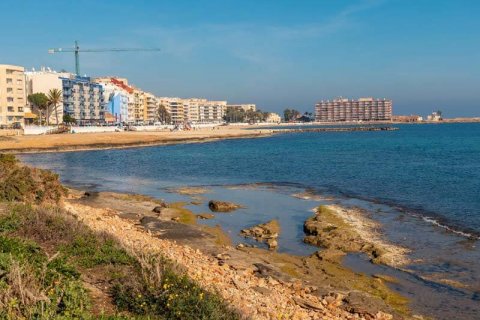
Investments in the residential real estate sector in Spain continue to grow, and the co-living and co-ownership sectors are becoming increasingly popular. During the first half of 2022, there were about 3,900 transactions in the sector, and total investment exceeded €433 million, accounting for 18% of total investment in the country’s real estate sector, according to CBRE in Spain.
This volume of investments means a 12-fold increase from the indicators of the first quarter of this year, when the sector received €35 million, and a 4-fold increase in aggregate indicators for 2021, which amounted to about €100 million. The segment of co-living and co-ownership became actively developing after the pandemic and became extremely popular with the age group of 26-40 years. For these people, the social aspect of their place of residence and a sense of community in a residential complex or neighborhood have become especially important.
In 2021, such residential assets attracted only 3% of the total investment in the residential sector of the Spanish real estate market, barely reaching €100 million. However, this segment is experiencing an extremely intense period of attracting capital and buyers, including international ones. In the market of co-living and co-ownership, there are many mergers and acquisitions of operators and other companies, new enterprises, platforms for services and real estate sales. Such a market is developed in the USA and Asia, so Spain is of particular interest to investors from these regions.
In the first quarter of 2022, investments in co-living and co-ownership were about €35 million. The company’s activities were concentrated in the largest cities, especially Madrid and Valencia. But in the second quarter, investments increased many times, and the geographical distribution began to expand throughout the country. The names of King Street Capital Management and Greystar deserve special attention, as their deals have become the main driving force of growth. As part of their transactions, the real estate company Greystar acquired 2,500 properties in Madrid, Rivas, San Sebastian de los Reyes and Valdebebas.
The demand for residential real estate from this market segment is growing actively and significantly exceeds the supply, so we should expect an increase in prices. Analysts expect the number of properties for co-living and co-ownership to increase to 5,000 by 2024, and 75% of them will be located outside Madrid, Barcelona and Malaga.
Javier Caro, Director of the Coliving and Co-ownership Department at CBRE Spain, emphasizes: "This segment is one of the 'star' niches in the residential market segment, attracting a lot of attention. In the last months of 2022, we will see an increase in sales of such assets not only in cities, but also in their outskirts and suburbs." According to Caro, co-living is more than real estate. This is a way of life that considers housing not just as property, but as a service. And for this segment, location and price per square meter are not key factors for attracting buyers. Community is a key criterion for a new co-owner.
